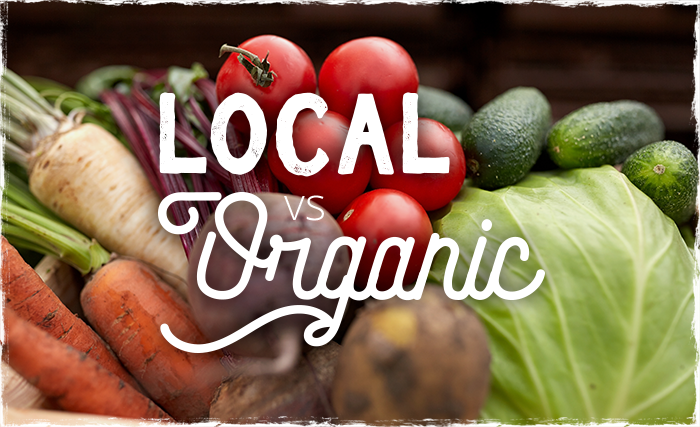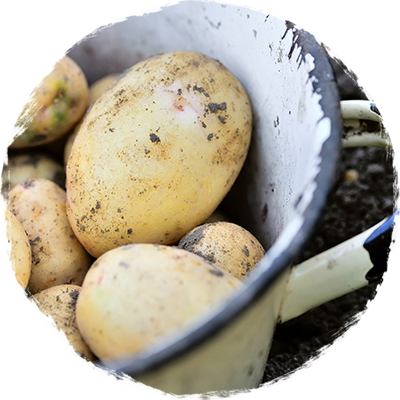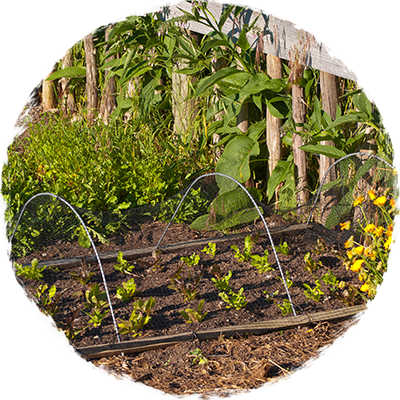
Know the Differences
An ever-growing phenomenon, many restaurants now list where their ingredients come from. Let’s bring some clarity to the definitions of locally sourced products and organic foods.
Organic

Unlike ‘all natural’ products, organic foods must be vetted and checked by the USDA to receive this title. Approved farms must go through inspections, which are continuous to ensure all required guidelines are followed. In both produce and meat production, there can be no use of synthetic pesticides, chemical fertilizers or GMO.
Livestock must have year-round outdoor access, allowing for the accommodation of animal’s natural behavior. Furthermore, the use of antibiotics and growth hormones are strictly prohibited. The only exception to this rule applies to businesses with revenues below $5,000 annually.
These goods are often seen as expensive and can drive many restaurateurs away. But recent studies have shown there are several benefits to this way of eating, thus encouraging patrons to seek out establishments that market themselves this way.
-
The growth in popularity drives more profit as clientele is willing to pay a premium
-
Once someone makes the switch, they rarely go back
-
Items tend to store better & have a longer shelf life
-
Aids with environmental responsibility
-
Flavors have shown to be more intense, allowing different taste profiles
Local

Locally grown food does not have the same regimented regulations as organic and are more commonly found at farmer’s markets. In previous years, this type of produce was more expensive and less desired by the public, but the increase of eco-conscious consumers has many flocking for locally produced items.
Additionally, purchasers are able to speak directly with individuals growing the crops, giving peace of mind for the sanitary and safe nature of production.
-
Allows for rotating seasonal entrées
-
Supports the local economy
-
Helps with eco footprint
-
Produce can be picked closer to ripeness
-
Less chance of contamination
Another, less common, sourcing method is foraging. While this is not a popular trend, some restaurants take part, in search of local plant life such as mushrooms and edible flowers. Using foraged produce in cuisine can help an establishment stand out from the competition by classifying the flavors to the immediate region.
If you are looking to redefine your eatery, switching where you procure ingredients can make a significant difference. Mixing organic meats with locally grown fruits and vegetables is healthy and can be of value to your customers.